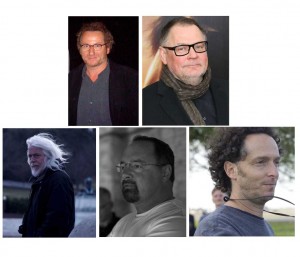
For now, film and digital cinematography co-exist and DPs, whether they employ the new or tried-and-true camera technologies, are doing masterful work. “It’s been a remarkable year, one of the best I can recall, in both the quality of the work done by so many directors of photography and also in terms of technical diversity,” says Steven Poster, president of the International Cinematographers Guild.
“Unfortunately film may be dying a slow death,” says DP Wally Pfister, last year’s Oscar winner for best achievement in cinematography for Inception and a strong advocate for continuing to shoot on film. “But I’ve seen some really extraordinary photography this year, and it didn’t make a difference whether it was on film or shot digitally.”
Though this may be a tipping point for the technology of image capture. At present there’s a pleasant parity between film and digital camerawork, and that is reflected in the five DPs nominated for the Oscar for best achievement in cinematography. It is the first time that two DP’s who shot their movies digitally are nominated – Jeff Cronenweth for The Girl With the Dragon Tattoo, directed by David Fincher and Robert Richardson for Hugo, directed by Martin Scorsese, who also had to contend with 3D.
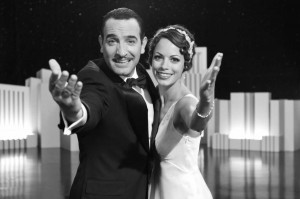
On Girl With the Dragon Tattoo, DP Cronenweth began shooting on one of the currently in-demand digital cameras, the Red One. But during production a new improved version, the Red Epic was released, so that was utilized. Director Fincher has long been an ardent fan of digital cinematography, liking its aesthetic and capability in low lighting. Cronenweth thinks the digital era in cinematography “has pretty much fully arrived” and that there’s no going back.
For Hugo, Richardson chose to use the Arri Alexa, another currently popular digital camera. There was a lot of CG employed in the film, requiring the DP to get used to shooting against greenscreen for a number of scenes. Says Richardson: “I am an intuitive cameraman and when there is nothing or little to work off of beyond what I am being told will be there at some time in the future, but that is not visible to me, I find myself faltering until I let the mind free of the need for reality.”
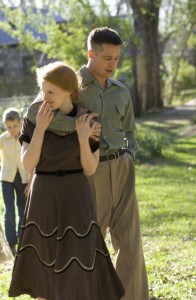
“War Horse is a very old-fashioned way of moviemaking,” says Kaminski. He relied on traditional lighting techniques from 1940s’ films and multiple filters to create the look. “Everything is done in camera. All of the colorization of the images are done in camera; all of the compositions are in camera. That’s how I do it.”
“We looked at available black-and-white film stock and it was too sharp, creating images that were not grainy enough and lacking a range of greys,” says Schiffman, the DP on The Artist. The solution was to shoot the film in color, and then convert it to black and white. “We did a lot of advance tests and were lucky to have a long prep,” says the DP.
The Academy of Motion Picture Arts and Sciences doesn’t have any rules about the medium on which a film is shot or the camera use. When it comes to the Oscar, there are two steps. In the first, voting for the five cinematography nominees is limited to the 202 members of the Academy’s cinematography branch so they are able to make informed choices. All 6,000 members of the Academy are eligible to vote for the final winner from the five DP nominees.
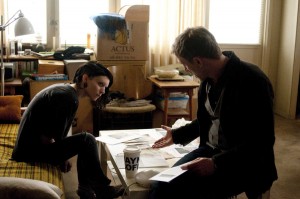
In recent years, there have only been a handful of Oscar-nominated DPs who shot their features digitally. They include Claudio Miranda, the DP for The Curious Life of Benjamin Button, Barry Ackroyd who lensed The Hurt Locker, and Jeff Cronenweth who shot The Social Network. But the first, and so far only, cinematographer to win the Academy Award for a digitally-lensed movie was DP Mauro Fiore in 2009 for Avatar, the breakthrough 3D interplanetary sci-fi movie directed by James Cameron.
Recent Oscar nominees for black-and-white films were Robert Elswit for Good Night, and Good Luck, directed by George Clooney, and Christian Berger for the German film, The White Ribbon, directed by Michael Haneke. Both were also photographed on color film and then converted into black and white. The last time the Oscar went to a DP who shot a B&W film on B&W film stock was in 1992 when Kaminski got the prize for lensing Schindler’s List for director Steven Spielberg.
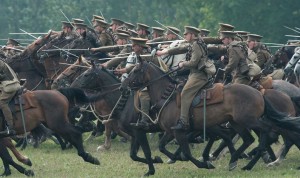
The reason behind a decision to shoot a film digitally these days often comes from the executive suite at movie companies. There is a belief that digital cinematography saves money, which many DPs dispute. Another reason given is that every other aspect of moviemaking has been digitized, from editing and sound through postproduction, so why not eliminate that last gap – film photography and developing.
Cinematographers are divided about the relative merits of film and digital, but most would like to continue to have the choice between the mediums. However, the filmmaking infrastructure is changing, threatening the future availability of film itself. Germany’s Arriflex, one of the world’s most important manufacturers of motion picture cameras, has said it will only produce digital cameras.
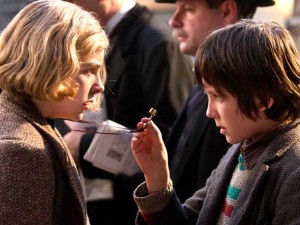
For all the uncertainties, the hope of many in Hollywood is that somehow film will survive. Among them is veteran journalist Bob Fisher, who has written about cinematographers and their craft. DPs have always been faced with changes in technology and adapted. “It’s not the cameras that make the movies, it’s the cinematographers and that won’t change,” he said.





